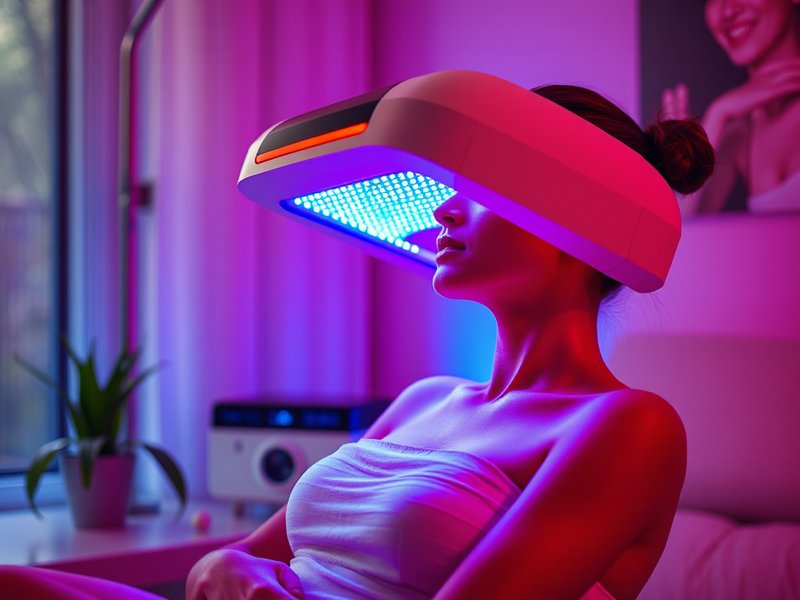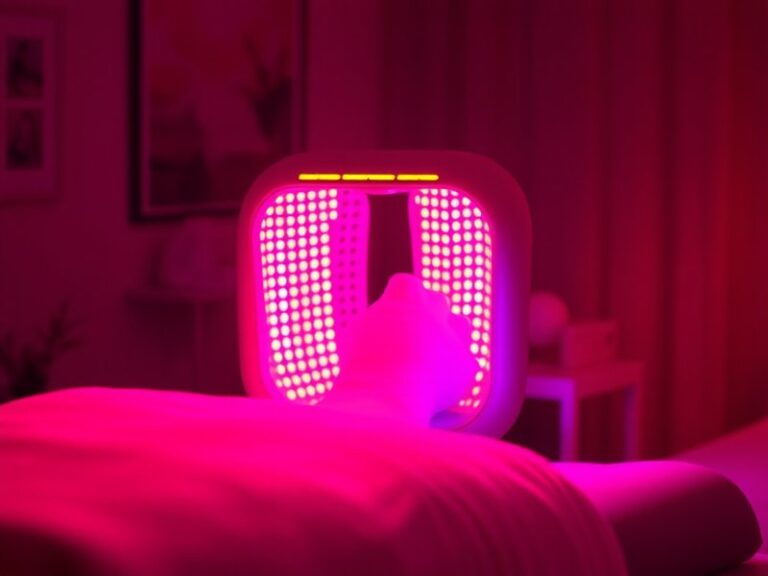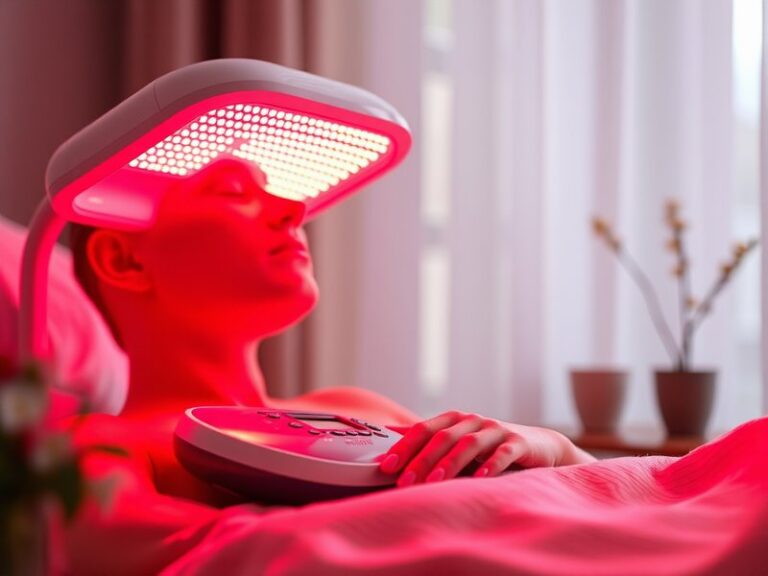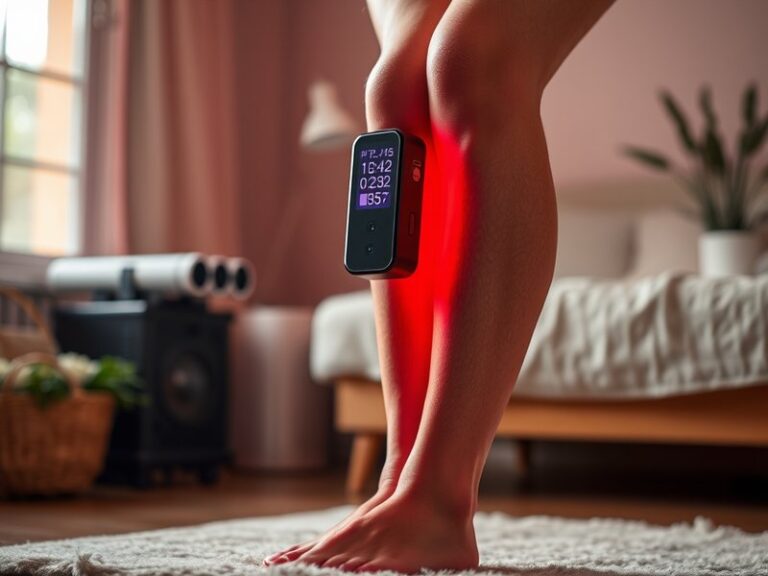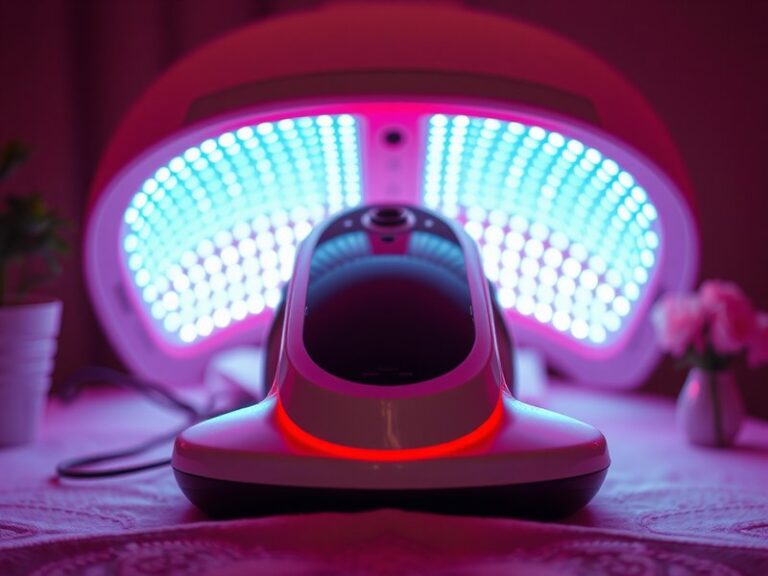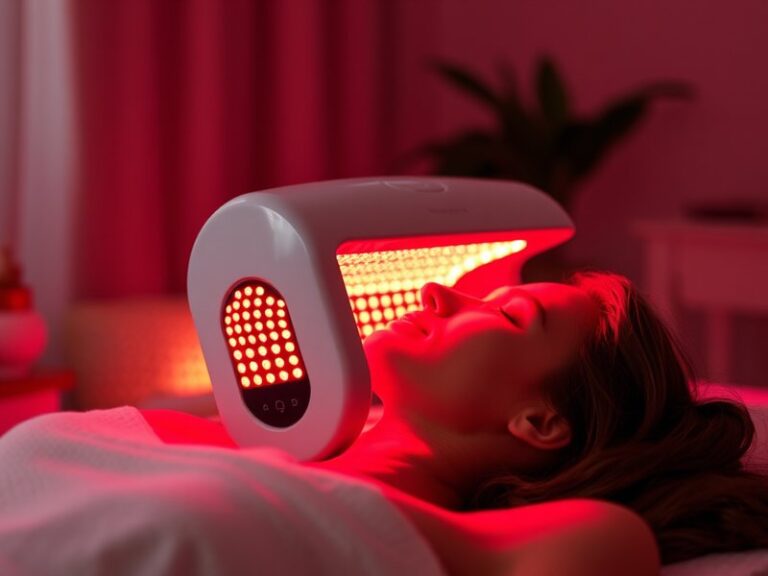Can Red Light Therapy Help With Weight Loss?
Can Red Light Therapy Help With Weight Loss?
Have you ever wondered whether a simple light can be the key to shedding those extra pounds?
In recent years, red light therapy (RLT) has gained popularity as a potential tool for weight management. This article will explore what red light therapy is, how it may contribute to weight loss, its benefits and considerations, as well as alternative options for those looking to manage their weight.
Key Takeaways
- Red light therapy may support fat loss by enhancing metabolic activity and decreasing fat cell volume.
- While promising, red light therapy should be considered a complementary approach rather than a standalone solution for weight loss.
- Potential users should consult with a healthcare professional before starting red light therapy, especially those with underlying health conditions.
What is Red Light Therapy?
Red light therapy is a non-invasive treatment that utilizes low-level wavelengths of red or near-infrared light to penetrate the skin and potentially stimulate biological processes. Developed from medical research, RLT has been used to promote healing, reduce inflammation, and improve skin conditions.
The therapy works by improving the function of mitochondria, the powerhouse of human cells, which in turn may enhance energy production. This increase in cellular energy can promote healing and regeneration in tissues.
What are the Benefits of Red Light Therapy?
Red light therapy offers several potential benefits that may contribute to weight loss. Below, we delve into these advantages:
Increased Metabolism
RLT may boost metabolic rates by enhancing mitochondrial function. A higher metabolism can lead to increased energy expenditure, which is crucial for weight loss.
Reduction in Fat Cell Volume
Studies suggest that red light can aid in decreasing the size of fat cells without affecting other cells, facilitating fat loss while preserving lean body mass.
Improved Recovery and Reduced Inflammation
For those engaging in physical activity as part of their weight loss journey, red light therapy may reduce muscle soreness and speed up recovery times, allowing for more consistent workouts.
Enhanced Mood and Motivation
RLT has been linked to improved mood and lower levels of anxiety, potentially helping individuals stay motivated on their weight loss journey.
Read our exploration of Safe Frequency for Red Light Therapy
Is it Possible to Lose Weight with Red Light Therapy?
While some users have reported weight loss with red light therapy, it’s essential to approach this treatment as an adjunct to traditional methods like diet and exercise. Weight loss is multifaceted, and individual results can vary significantly based on lifestyle choices and overall health.
What are the Advantages of Weight Loss through Red Light Therapy?
- Non-invasive Treatment: RLT does not require surgery or medications, making it a safe option for many.
- Time Efficiency: Sessions can be relatively short, often requiring just 10-20 minutes.
- Home Options Available: There are several at-home devices that allow users to undergo therapy conveniently.
What are the Disadvantages of Weight Loss through Red Light Therapy?
- Limited Research: While promising, the long-term effects of RLT on weight loss require more comprehensive studies.
- Not a Quick Fix: It should not be relied upon solely; significant weight loss still relies on lifestyle changes.
- Cost: Depending on the provider or device used, expenses for therapy sessions can add up.
What are the Things to Consider Before Trying Red Light Therapy?
Before embarking on red light therapy for weight loss, consider the following:
Consult a Healthcare Professional
It’s crucial to talk to your doctor, particularly if you have existing health conditions or are taking medications that might interact with RLT.
Research Providers and Products
If opting for professional treatments, ensure that the provider is reputable. If considering at-home devices, read reviews and verify their effectiveness.
Be Realistic About Expectations
Understand that while RLT may aid in weight loss, it is not a substitute for balanced nutrition and regular exercise.
What are the Alternatives to Red Light Therapy for Weight Loss?
If red light therapy isn’t the right fit for you, there are other options to consider:
Dietary Changes
Adopting a balanced diet rich in whole foods can significantly impact weight management. Focus on nutrient-dense foods and mindful eating practices.
Regular Exercise
Incorporating aerobic and strength-training exercises into your routine can enhance weight loss efforts and improve overall health.
Behavioral Therapy
Seeking support from a professional, like a nutritionist or therapist, can provide personalized strategies and accountability.
Conclusion: Is it Recommended to Use Red Light Therapy for Weight Loss?
In summary, while red light therapy presents intriguing possibilities for weight loss, it should be viewed as a complementary tool rather than a primary solution. Implementing it alongside traditional weight loss methods, such as dietary changes and exercise, may yield the best results. Always consult with a healthcare professional to ensure it’s the right choice for you.
Frequently Asked Questions
Can red light therapy replace diet and exercise?
No, red light therapy should not replace diet and exercise but can be used as an adjunct to support weight loss efforts.
How often should I use red light therapy for weight loss?
Frequency can vary, but many users find sessions two to three times a week effective. Consult with a provider for personalized recommendations.
Are there any side effects?
Red light therapy is generally considered safe, but some individuals may experience mild skin irritation. Always monitor your body’s response and consult a professional if issues arise.
Read the deep dive on Effectiveness of Red Light Therapy?
Is red light therapy FDA-approved?
While many devices and applications may be FDA-cleared for specific uses, red light therapy for weight loss is still under research. Check the specific claims and approvals of devices used.
